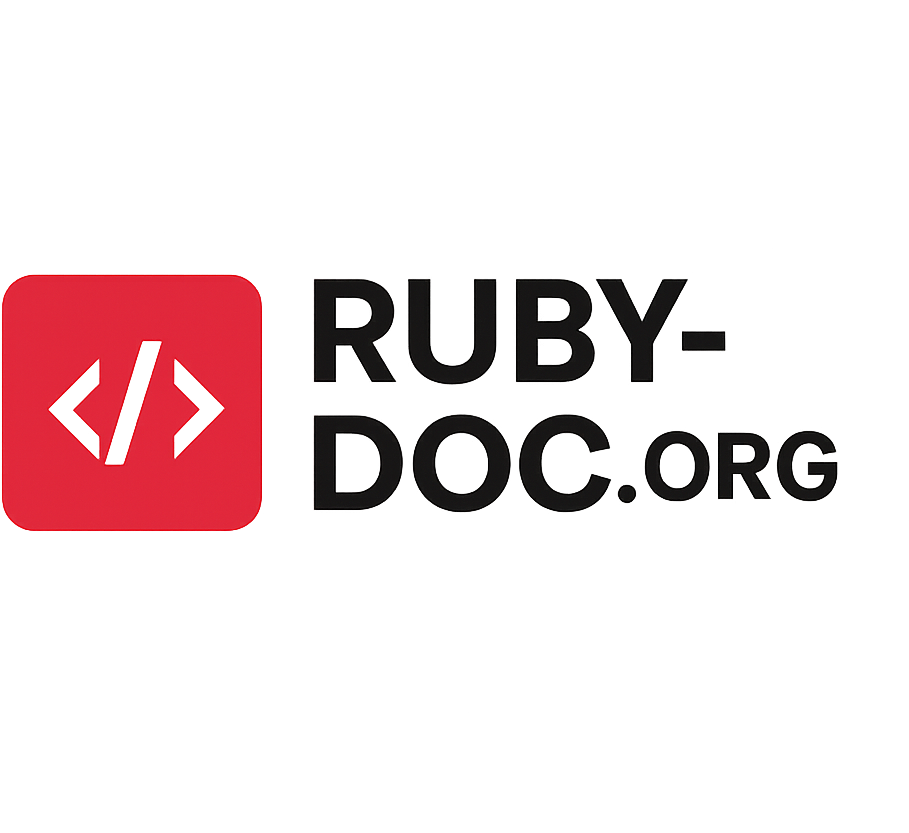Ruby may not always make the front page of developer news, but this free programming language is quietly powering tons of useful tools, automation scripts, and even software that plans helicopter flight paths. If you’ve been curious about what’s new in the Ruby world, GitHub’s trending list gives a great snapshot of what developers are building and talking about right now.
This week, Ruby’s trending repositories show a mix of old favorites getting updates and new projects gaining attention. Whether you’re just starting to code or looking for inspiration, these projects highlight how active and creative the Ruby community still is.
The Growing Pulse of Ruby on GitHub
If you only know Ruby from the early 2010s hype around Ruby on Rails, it’s worth taking another look. While other languages like Python and JavaScript dominate many tutorials, Ruby continues to evolve. Developers use it for automating tasks, managing servers, and building web apps that are quick to deploy and easy to maintain.
GitHub plays a big role in keeping Ruby alive and relevant. Every week, developers star repositories they find interesting, which helps identify which tools and frameworks are catching attention. Some projects trend because they solve new problems; others rise because they’ve modernized older codebases to fit today’s needs.
One reason Ruby’s community feels so strong is that it values developer happiness. Its syntax is clean and readable, which makes contributing to open-source projects less intimidating. For young programmers, this can be a great language to practice collaboration and version control while working on real projects hosted on GitHub.
Top Trending Ruby Repositories This Week
Let’s look at some of the Ruby repositories that are currently getting a lot of stars and discussion.
1. Rails (Ruby on Rails)
Yes, it’s still going strong. Rails continues to be one of the most popular full-stack web frameworks. It trends almost every week because of consistent updates, new security patches, and plugin releases. Even after years, developers love it for how fast it lets you build data-driven web apps.
2. Jekyll
Jekyll is a static site generator that turns plain text into websites and blogs. It’s simple, fast, and doesn’t require a database. Many developers use it for documentation or personal sites because it integrates smoothly with GitHub Pages. If you’re learning how websites are structured, cloning a Jekyll repo can be a great hands-on project.
3. Homebrew
Technically, Homebrew is written partly in Ruby, and it’s one of the most useful tools you’ll ever install on macOS or Linux. It helps you manage software packages from the command line. The project trends frequently because it’s constantly updated and has a huge list of contributors. Learning to read its Ruby scripts gives you a practical example of real-world automation code.
4. Fastlane
Fastlane automates the process of building and releasing mobile apps. It’s used by thousands of iOS and Android developers to handle screenshots, testing, and uploads automatically. It trends because mobile developers love how it saves time and reduces manual setup steps. For new programmers, exploring Fastlane can teach you how Ruby interacts with other ecosystems.
5. Vagrant
Vagrant helps developers create and manage virtual machines easily. It’s especially handy if you’re experimenting with different server environments. It trends on GitHub because it’s useful for DevOps and backend automation; two big areas where Ruby still shines.
Each of these repositories shows that Ruby isn’t fading away. Instead, it’s finding new ways to stay relevant by powering the tools developers rely on daily.
Why These Projects Are Gaining Attention
So, what do all these trending repositories have in common?
First, they solve real problems. Developers love tools that save time and reduce repetitive work. Fastlane automates mobile builds. Vagrant simplifies virtual machine setup. Homebrew manages installations. Ruby’s strength lies in how easily it handles such automation tasks with simple, readable code.
Second, they all encourage collaboration. Ruby projects often have great documentation, friendly maintainers, and beginner-friendly contribution guides. This creates a welcoming environment for new developers who want to learn open-source workflows.
Third, these projects adapt quickly. Ruby developers are constantly modernizing code to support newer versions of dependencies, CI/CD tools, and cloud platforms. This keeps the language useful even in complex environments.
If you’re learning Ruby, browsing trending repositories is a great way to see how real developers structure code, write tests, and document projects. Reading code written by others can teach you a lot more than tutorials alone.
How Enterprise AI Is Influencing Ruby’s Future
One interesting area where Ruby is reappearing is in enterprise AI and IT automation. Big companies are blending AI models with Ruby scripts to handle internal tasks like system monitoring, ticket management, and data analysis.
For example, an IT management platform might use Ruby-based tools to automate alerts, analyze logs, and trigger AI-driven responses. Since Ruby is easy to read and maintain, it’s perfect for connecting AI APIs with backend systems or dashboards.
Developers can now integrate AI services, like natural language processing or anomaly detection, directly into Ruby applications. This combination allows organizations to make smarter infrastructure decisions and scale efficiently.
Final Thoughts
Ruby’s community is alive, creative, and surprisingly modern. The trending repositories on GitHub prove that even older languages can adapt to new challenges. From web development and DevOps to enterprise AI, Ruby continues to show its flexibility and accessibility.
If you’re just starting to code, don’t overlook Ruby. Fork a trending repo, read through the code, and see how developers collaborate. You’ll not only learn good coding practices but also discover how a welcoming community can make programming more enjoyable, and a lot more human.
